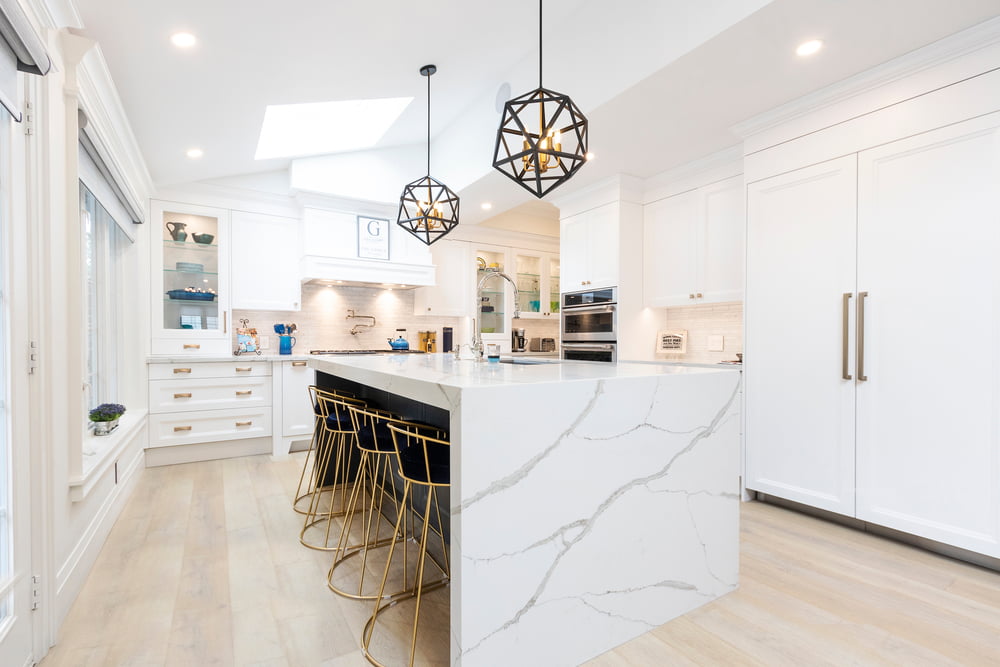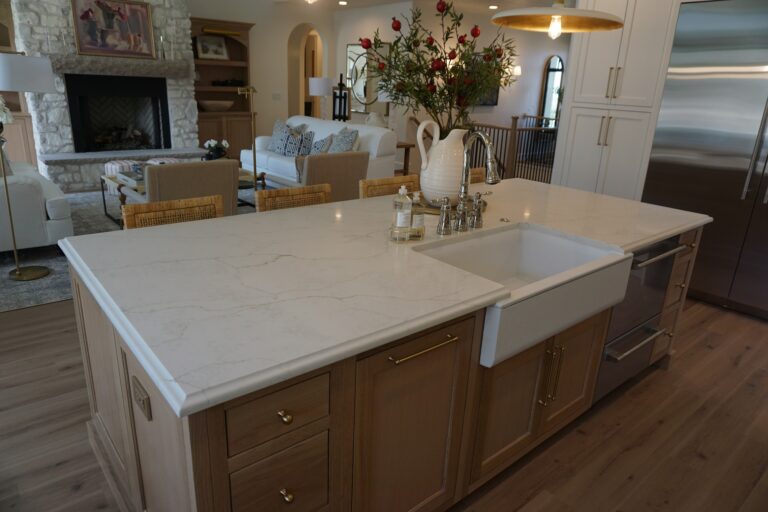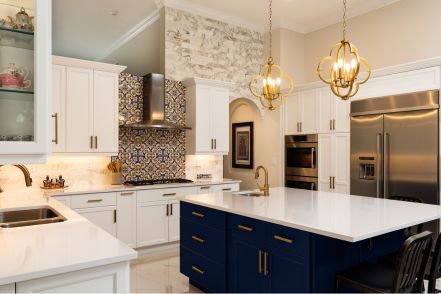Those who are thinking about new countertops will often have a tough decision between two or more high-quality materials that have some of the same benefits, and a good example here is those choosing between quartz and marble products. While these products do have some similarities and even provide some similar benefits to clients, they also differ in a few important ways that may allow you to make your selection between them.
At Creative Granite & Design, we’re happy to offer a wide range of both quartz and marble countertops, plus assistance to a variety of clients who may be choosing between these or any of our other high-quality natural stone countertop materials. What are some of the major areas you’ll be focused on as you select the ideal stone, and how do quartz and marble differ in these areas? Here’s a primer in this two-part blog series.

Material Basics
The first major area where these two products differ is in their materials and how they’re made. Some basics on each:
- Marble: Marble is a naturally-occurring stone that’s quarried and then processed, and it’s made up of calcite (which is a type of limestone) and may also include additional minerals. Some popular marbles include white, beige, black, gray and green or veined varieties like Carrara marble or emerald-veined serpentine. Marble has been used as a building material for thousands of years, and it’s commonly used across a range of applications.
- Quartz: Quartz, on the other hand, is a manmade product. It’s considered an engineered stone, one that — at least for countertops — is made using quartzite (a natural stone) ground into powder, then mixed with various resin and pigments, then finally molded into slabs that mimic natural stone in many ways.
Aesthetic Considerations
From an appearance standpoint, both marble and quartz can be extremely attractive. Marble is known for its natural veining that runs through the stone — this actually means every single piece of marble is completely unique, with distinctive veins that you’ll find in no other piece of marble.
Quartz, with its predictability, can be attractive for its smooth surface, which allows it to work well in a variety of kitchen designs including the so-called “contemporary” look which is characterized by clean lines and an open feel. Slabs are more consistent — this may be attractive to some buyers who want to know precisely what they’re getting, but may also be a downside for some who prefer the unique nature of marble and its veining properties.
For more on choosing between quartz and marble for your next countertop need, or to learn about any of our natural stone or other countertops, whether for your kitchen or any other room in your home, speak to the team at Creative Granite & Design today.





